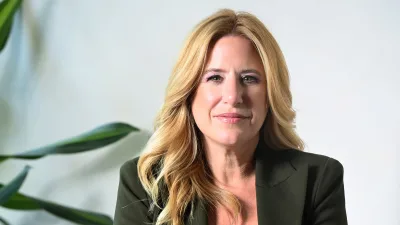Most still taking super lump sums


The Federal Government may be trying to encourage more Australians to draw down their superannuation in the form of a pension, but the latest Australian Prudential Regulation Authority (APRA) data reveals taking a lump sum remains the dominant option.
APRA's December quarter superannuation statistics revealed that lump sum benefit payments ($8.2 billion) stood at 52 per cent for the quarter, compared to pension benefit payments ($7.5 billion) which stood at 48 per cent for the quarter.
Importantly, the same preference for lump sums was evident in the data for the 2015 calendar with the APRA statistical bulletin revealing that for the year ending December 2015, lump sum benefit payments ($31.8 billion) were 50.7 per cent and pension benefit payments ($31.0 billion) were 49.3 per cent of total benefit payments.
However, at a recent roundtable by Money Management sister publication, Super Review a number of participants including Willis Towers Watson managing director, Andrew Boal and Deloitte partner, Russell Mason agreed that while members might take a lump sum they often a converted a significant portion towards pension-type products.
As well, it is commonly agreed that people with relatively low account balances are often best-placed taking lump sums and paying down debts.
The APRA data revealed that superannuation assets totalled $2 trillion at the end of the December 2015 quarter and that over the 12 months from December 2014 there was a 6.1 per cent increase in total superannuation assets.
It found that total assets in MySuper products totalled $449.1 billion at the end of the December 2015 quarter.
Over the 12 months from December 2014 there was a 14.3 per cent increase in total assets in MySuper products, and a 27.5 per cent decrease in total assets in accrued default amounts to $47.8 billion.
Recommended for you
Clime Investment Management has faced shareholder backlash around “unsatisfactory” financial results and is enacting cost reductions to return the business to profitability by Q1 2025.
Amid a growing appetite for alternatives, investment executives have shared questions advisers should consider when selecting a private markets product compared to their listed counterparts.
Chief executive Maria Lykouras is set to exit JBWere as the bank confirms it is “evolving” its operations for high-net-worth clients.
Bennelong Funds Management chief executive John Burke has told Money Management that the firm is seeking to invest in boutiques in two specific asset classes as it identifies gaps in its product range.














